In the Saddle of History: The Role of Horses in Shaping Civilization
From the open, windswept steppes where they first roamed wild, to the cultivated fields and battlefields where they’ve carved history alongside us, horses have been our partners, our allies, and our inspiration. Their significance in human history cannot be overstated; they have been the engines of empires, the wings of warriors, and the steadfast companions of explorers. Horses have not only shaped the way we travel and wage war but have also influenced our cultures, our myths, and our hearts.
I remember the first time I came into contact with a horse. I was ten, and it was as if I had discovered a part of my soul I never knew was missing. There was an immediate, unspoken bond, a connection that went beyond words or explanations. It was a feeling of coming home. That horse, a little grey pony, became my world. With him, I embarked on a journey of mutual trust, respect, and love, a journey that has since defined my life.
From showjumping competitions in England to the quiet, reflective moments spent grooming in the stable, my relationship with horses has been a source of joy, learning, and growth. They’ve taught me about courage, patience, and the importance of a gentle touch. Horses are not just animals we domesticate; they are companions that domesticate our wildest, most untamed parts.
As we delve into the history of horse domestication, let’s not forget that this is a story of partnership. It’s a tale that speaks to the heart of what it means to connect with another being, to understand and be understood, across the boundaries of species and time. Join me as we explore this remarkable journey, a journey that mirrors the depth and complexity of the bond between humans and horses—a bond that continues to evolve, inspire, and teach us about the essence of life itself.
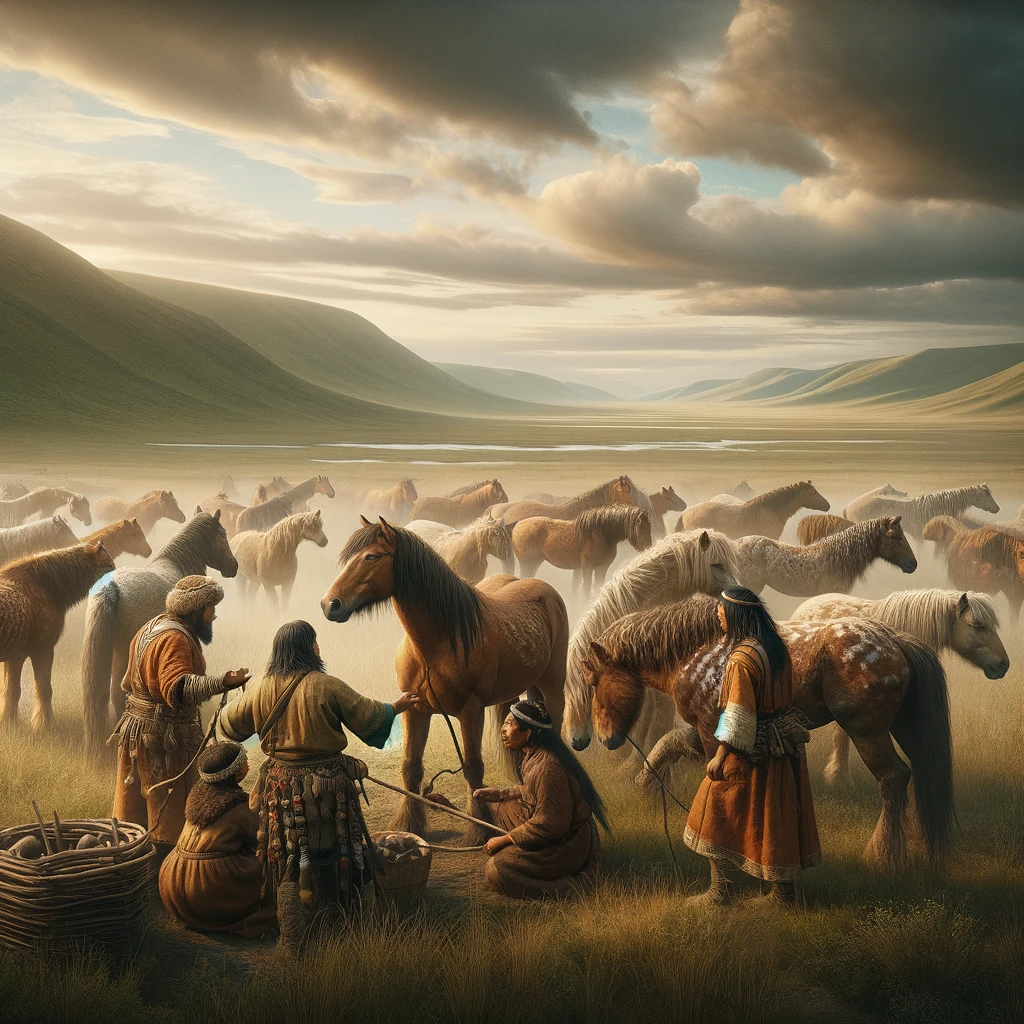
The Dawn of Domestication
The story of horse domestication is a fascinating tale that takes us back to a time when the landscapes of the world were vast and uncharted, and humans began to form a relationship with these animals that would change the course of history. Archaeological evidence suggests that the journey of domestication started around 4000-3500 BCE, a period when our ancestors were learning to harness the natural world around them in ways that had never been done before.
Among the most compelling pieces of evidence are the ancient settlements discovered in what is now Kazakhstan, belonging to the Botai culture. Here, researchers have unearthed remnants that paint a vivid picture of early human-horse interactions. The Botai people were not just passive admirers of the horse’s beauty and strength; they were pioneers of domestication. Through analysis of bone structures and teeth wear patterns, scientists have deduced that these early horses were ridden and possibly milked. Imagine the transformative power of mounting a horse for the first time, the world suddenly shrinking beneath the steady beat of hooves.
The Botai culture’s relationship with horses wasn’t merely utilitarian. It hinted at the beginning of a profound bond between humans and horses, a symbiosis that went beyond the practicalities of transportation or food. These early domesticators recognized something special in horses, a spark of connection that promised more than just physical benefits.
Reflecting on this pivotal era, I can’t help but feel a sense of awe and gratitude. Without the curiosity and courage of our ancestors, the rich relationships we share with horses today might never have been. The Botai culture’s efforts laid the groundwork for a partnership that has endured millennia, evolving but always rooted in mutual respect and understanding.
As we stand today, with the luxury of looking back through the annals of history, let’s remember the humble beginnings of this extraordinary journey. It’s a reminder of our shared past with these incredible animals and a testament to the indelible impact they’ve had on our development as a society. The dawn of domestication was just the beginning, but what a beginning it was—setting the stage for a saga of companionship that continues to unfold.

Evolution of the Horse-Human Relationship
As we journey further into the story of horses and humans, we witness a profound transformation in their relationship. From the initial steps of domestication in the Botai culture, where horses first transitioned from wild spirits of the steppes to partners in survival, the bond between humans and horses deepened and diversified.
Initially, horses were valued for their meat and milk, fundamental resources for the survival of early human societies. However, as our ancestors ventured into the realms of travel, agriculture, and warfare, they discovered the horse’s unparalleled potential as a companion. The strength, speed, and endurance of horses revolutionized these aspects of human life, offering new possibilities and horizons.
The true turning point came with the realization that horses could carry us over great distances, plow our fields more efficiently than human labor or oxen, and change the dynamics on the battlefield with their swift mobility. This shift in perception marked the beginning of a new era. Horses became revered not just as sources of sustenance but as invaluable allies. They were the engines behind the expansion of empires, facilitating the spread of cultures, languages, and ideas across continents. The Silk Road, the conquests of the Mongol Empire, and the European exploration of the New World were all made possible, in part, by our partnership with horses.
This evolution in the horse-human relationship also mirrored a cultural shift. Societies began to develop a deep respect and admiration for these creatures, leading to the emergence of horse-centric cultures, where horses were integral to the identity, mythology, and spirituality of a people. In these cultures, horses were more than just animals; they were symbols of power, freedom, and grace.
Reflecting on this remarkable journey, it’s clear that horses have been more than mere participants in our history; they have been catalysts for change. Their influence on the development of human civilization is immeasurable, shaping not only the practical aspects of our lives but enriching our cultures and expanding our worldviews.
As someone who has experienced the joy and challenge of forming a bond with these magnificent creatures, I am really fascinated by how our relationships with horses have evolved. From the fields of agriculture to the heat of battle, and across vast distances, horses have stood by us, sharing in our struggles and triumphs. Their role in spreading cultures and languages is a testament to their significance in our shared history—a legacy of partnership that continues to inspire and connect us across the ages.

The Horse in Warfare
The battlefield is where the bond between horse and rider is both tested and exalted, where the role of horses transcends mere companionship to become pivotal in the fate of empires and nations. The impact of horseback riding on warfare cannot be overstated; it introduced mobility and speed to combat that was unprecedented, forever altering strategies and outcomes.
The introduction of horseback riding in warfare was a revolution in military tactics. Cavalries, with their swift movements and high vantage points, offered strategic advantages that could turn the tide of battle. They could execute rapid flanking maneuvers, deliver swift strikes, and retreat before the enemy could regroup. This mobility allowed armies to cover vast distances quickly, surprise their enemies, and control larger areas of land.
Among the tales of war and valor, certain warhorses have etched their names into the annals of history, celebrated not just as beasts of burden but as heroes in their own right. Bucephalus, the trusted steed of Alexander the Great, is perhaps one of the most famous warhorses. Legend has it that Bucephalus carried Alexander through numerous battles, their bond so strong that the horse would let no other rider mount him. When Bucephalus died, Alexander founded the city of Bucephala in his honor, a testament to the deep connection they shared.
Then there’s Marengo, the formidable charger of Napoleon Bonaparte, who carried the French emperor through several pivotal battles. Marengo’s endurance and reliability under fire made him a symbol of the Napoleonic wars, and his name is forever linked to the successes and failures of his rider.
These stories of legendary warhorses highlight not just the physical contributions of horses to warfare, but the emotional and psychological support they provided to their riders. In the chaos of battle, the bond between horse and rider could be a source of courage and comfort, a reminder of home and humanity amidst the carnage.
The role of horses in warfare is a powerful illustration of their impact on human history. It’s a narrative that speaks to the bravery, loyalty, and significance of these animals, not just as tools of war but as partners who shared in the human struggle for power and peace. As we honor the contributions of famous warhorses, we also remember the countless unnamed steeds who have served alongside their human counterparts, their stories woven into the fabric of our shared past.

The Role of Horses in Agriculture and Industry
Before the roar of engines and the hum of machinery dominated the landscape, it was the steady rhythm of horses’ hooves that powered the backbone of human progress in farming and transportation. Horses were the silent giants behind the agricultural revolution, transforming the way we cultivated land, sowed seeds, and harvested crops. Their strength and endurance enabled larger fields to be plowed, more ground to be covered, and harvests to become more bountiful than ever before. The impact of horses on agriculture was profound, marking a significant leap forward in food production and the ability of societies to sustain growing populations.
In the realm of transport, horses were the engines of their time. Whether pulling carriages, carts, or canal boats, they were essential in moving goods and people. The development of the horse-drawn carriage and later, the stagecoach, revolutionized travel, making it faster and more efficient. This increase in mobility facilitated trade, allowed for the exchange of ideas, and connected communities in unprecedented ways.
However, the advent of the Industrial Revolution brought profound changes to the role of horses in human society. The introduction of steam-powered machinery and later, internal combustion engines, began to diminish the reliance on horsepower for farming and transport. Tractors replaced plows pulled by horses, and automobiles and trains took over the roles of carriages and stagecoaches. This shift was not immediate but was a gradual process that saw the role of horses in agriculture and industry transform once again.

Despite this shift, the transition into the industrial age did not diminish the value of horses overnight. For many years, horses and machines coexisted, with horses continuing to play a vital role in areas where machinery could not reach or was not economically viable. It was a time of adaptation and change, reflecting the resilience and versatility of horses in the face of human progress.
Reflecting on this era, it’s remarkable to consider how horses have adapted alongside us through every major shift in our agricultural and industrial practices. The transition from horsepower to machine power is a testament to human ingenuity and our relentless pursuit of efficiency. Yet, it also invites us to reflect on the profound bond we share with horses—a bond that has endured through centuries of change. As we moved forward into the machine age, the role of horses shifted from being our primary source of power to becoming companions in sport, leisure, and therapy, showcasing their incredible adaptability and the enduring place they hold in our hearts and societies.
Horses in Sports and Recreation
The arena of sports and recreation marks another chapter in the enduring saga of the horse-human partnership. Here, the qualities of agility, grace, and power in horses are celebrated, refined, and elevated to art forms. The evolution of horse racing, show jumping, and dressage from practical skills to competitive sports mirrors the deepening appreciation for the capabilities and beauty of these magnificent animals.

Horse racing, known as the “Sport of Kings,” has roots that stretch back to ancient civilizations, but it was in the 18th century that it began to resemble the sport we know today. With the establishment of standardized rules and the creation of iconic racecourses, horse racing became a spectacle of speed and strategy, showcasing the incredible athleticism of the horse.
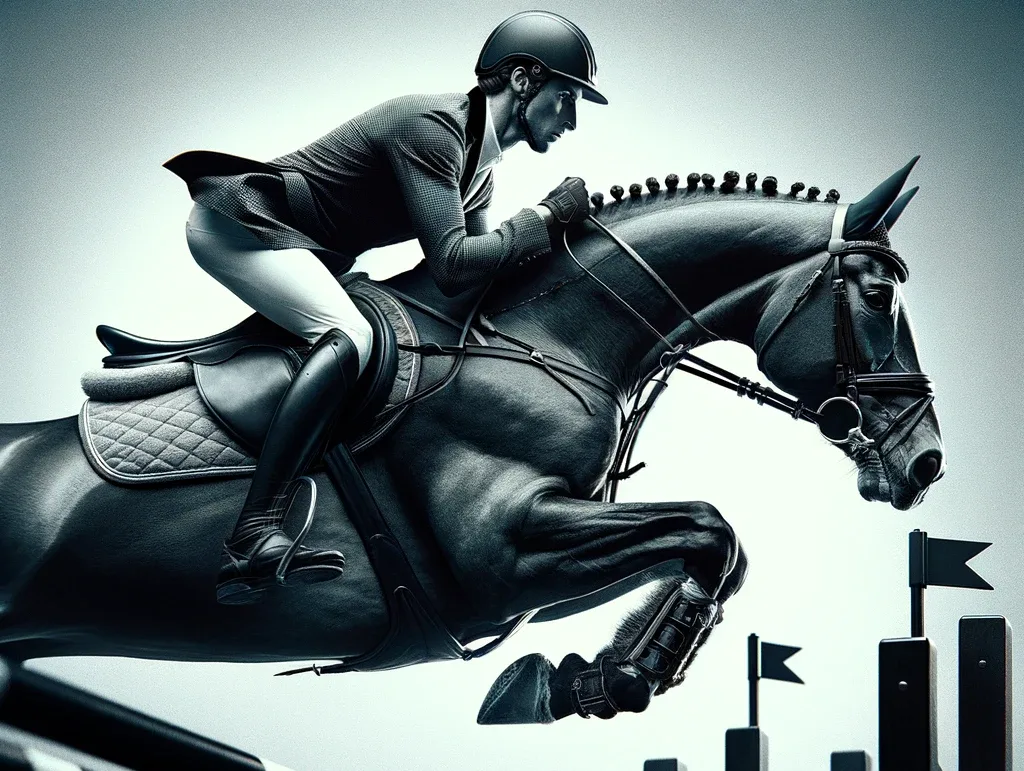
Show jumping emerged from the training and evaluation of cavalry horses, evolving into a competitive sport in the late 19th and early 20th centuries. It’s a sport that tests the precision, agility, and partnership between horse and rider as they navigate a course of obstacles. The thrill of clearing a big jump, the synchronization between your movements and those of your horse, is unmatched. It’s a testament to trust, training, and the sheer joy of flying together, if only for a moment.
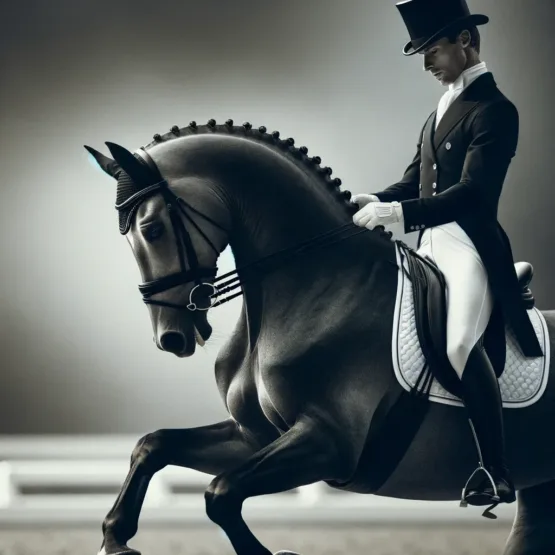
Dressage, often described as ballet on horseback, is the ultimate expression of harmony and discipline. Its origins can be traced back to ancient military maneuvers, but today, it’s a celebration of the subtle communication and profound bond between horse and rider. Dressage showcases the horse’s natural athletic ability and willingness to perform, a dance that speaks to the years of dedication and mutual respect required to reach such levels of finesse.
My journey through the world of equestrian sports, particularly show jumping, has taught me that a great competition horse is not just about pedigree or physical prowess. It’s about heart, courage, and the willingness to work with their rider as a single unit. The best horses I’ve had the privilege to partner with possessed an indomitable spirit and a love for the jump. They were horses that listened, trusted, and shared in the excitement and challenge of competition.
Reflecting on the evolution of these sports, I think of the countless hours of training, the early mornings, the triumphs, and the setbacks. Each discipline, from the thunderous gallop of racehorses to the precision of dressage, tells a story of human aspiration and the extraordinary capabilities of our equine companions. These sports not only celebrate the physical abilities of horses but also highlight the deep emotional connection that can exist between horse and rider. It’s a connection that transcends the competitive arena, reminding us of the beauty and spirit of partnership that horses bring into our lives.

Modern Horse Breeding and Preservation
The art and science of horse breeding have evolved dramatically over the centuries, transforming from a practice based on necessity and utility to one deeply influenced by knowledge, technology, and a commitment to genetic diversity. Today, contemporary horse breeding practices balance the heritage of breeds with the need for healthy, versatile horses that can thrive in various disciplines.
The cornerstone of modern breeding is the emphasis on genetic diversity. This is not just about preserving the physical traits that make each breed unique but also about ensuring the long-term health and vitality of the equine population. Genetic diversity reduces the risk of hereditary diseases and contributes to the overall robustness of breeds. It’s a complex puzzle, requiring breeders to be part genealogists, part scientists, and always, passionate advocates for the welfare of their horses.
My journey into horse breeding began with a love for these magnificent animals and a desire to contribute to the legacy of quality, athleticism, and temperament. The challenges were many, from selecting the right mare and stallion to understanding the intricacies of genetics to the anxious wait for a healthy foal. Each breeding decision was a blend of careful planning, intuition, and sometimes, a leap of faith.
Breeding horses is a responsibility I’ve never taken lightly. It’s about more than producing the next champion; it’s about nurturing the next generation, ensuring they are healthy, well-adjusted, and capable of contributing to the breed’s legacy. This requires a deep understanding of genetics, a commitment to the welfare of the mare and foal, and a willingness to learn continuously.
One of the most profound challenges in breeding is balancing performance traits with genetic health. With the advent of genetic testing, we now have tools at our disposal to make informed decisions that not only aim for performance excellence but also prioritize the health and longevity of the horse. It’s a delicate balance, one that requires not just scientific knowledge but also an ethical commitment to the well-being of each horse.
Reflecting on my breeding endeavors, I’ve come to appreciate the moments of joy and the heartaches as equally valuable lessons. From the miraculous birth of a foal in the early hours of the morning to the bittersweet farewell as they leave for their new homes, each step has deepened my understanding of and respect for these extraordinary animals.
Modern horse breeding is a testament to our evolving relationship with horses—a relationship that has grown from dependence and utility to one of partnership and preservation. As we look to the future, the challenge remains to honor the legacy of our breeds while ensuring their health and vitality for generations to come. It’s a journey that requires passion, dedication, and an unwavering commitment to the horses we love so deeply.
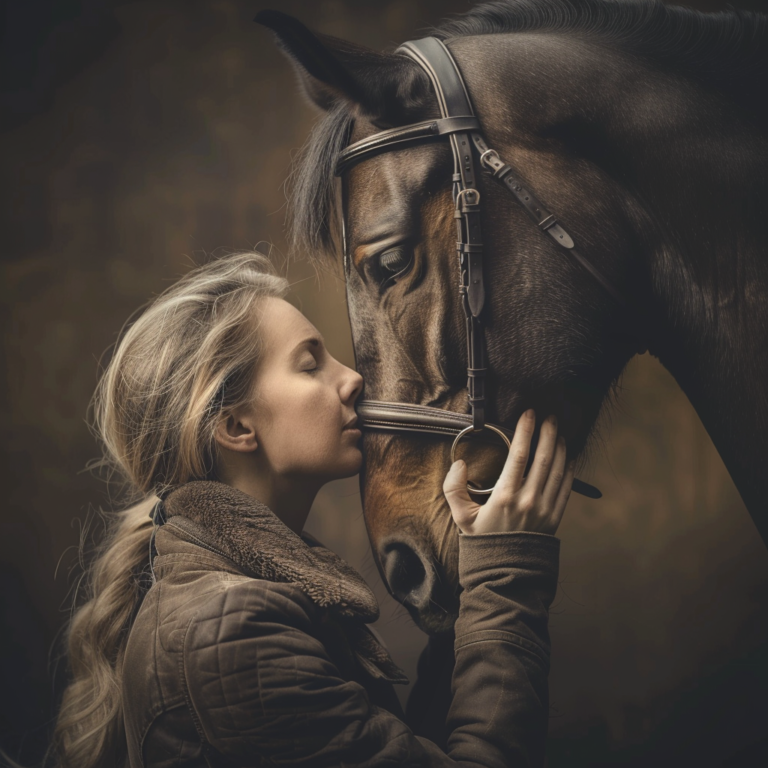
The Horse-Human Connection Today
Throughout human history, horses have been warriors, workers, and muses. Today, their role extends beyond the fields and arenas into realms of therapy, education, and leisure, showcasing their incredible versatility and capacity for connection. This evolution reflects not just a change in how we see horses, but also a deeper understanding of the profound impact they can have on our lives.
Therapeutic riding programs and equine-assisted therapy have gained recognition for their effectiveness in helping individuals navigate challenges associated with physical, emotional, and developmental conditions. Horses, with their intuitive nature and presence, offer a unique form of companionship that fosters healing, growth, and self-discovery. There’s something about the gentle nudge of a horse, the steady rhythm of their gait, that can open doors within us, revealing paths to healing and strength we might not have found otherwise.
Education, too, has been enriched by the inclusion of horses. From teaching responsibility and empathy to providing hands-on experiences in biology and veterinary science, horses offer a living classroom where lessons come alive. But beyond the curriculum, they teach us about trust, patience, and the value of quiet connection. These are lessons that textbooks cannot capture, imparted through the simple act of caring for and working alongside these magnificent creatures.
In the realm of leisure, horses continue to inspire joy and passion in people of all ages. Whether it’s a leisurely trail ride through the forest, the thrill of a gallop along the beach, or the quiet satisfaction of a day spent grooming and tending to the needs of a horse, these experiences enrich our lives in countless ways. They remind us to slow down, to cherish the moment, and to connect with the world around us.
One of my most profound connections with a horse came during a difficult period in my life. Amidst the turmoil, there was one constant source of peace: a mare named Luna. Luna wasn’t the most graceful horse, nor the most distinguished, but she possessed a quiet wisdom and an unwavering presence that became my sanctuary. Our afternoons together, whether riding or simply sharing the silence, were moments of pure connection that transcended the chaos. Luna taught me the power of being present, of listening not just with the ears but with the heart. It was a gift that carried me through that storm and has stayed with me ever since.
Today, the horse-human connection is as vital and vibrant as ever, manifesting in new and meaningful ways. Whether through therapy, education, or leisure, horses continue to touch our lives, teaching us about resilience, empathy, and the beauty of a shared journey. These connections, these moments of profound impact, are the true testament to the enduring bond between humans and horses—a bond that heals, inspires, and transforms.
Conclusion
From the windswept plains where our ancestors first encountered these majestic creatures, to the modern day where horses grace our lives with their presence in myriad ways, the journey of domestication is a testament to the enduring bond between humans and horses. This journey has taken us through the ages, from the earliest evidence of domestication in the Botai culture to the pivotal roles horses have played in warfare, agriculture, industry, and beyond. We’ve seen how they’ve evolved from essential survival partners to beloved companions in sports, therapy, and leisure.
Horses have not merely been passengers in human history; they have shaped it, influenced it, and enriched it in countless ways. Their impact spans the breadth of human endeavor, from altering the outcomes of battles to transforming agricultural practices, from inspiring artists and poets to healing hearts and minds in therapeutic settings. The roles horses have played are as diverse as the breeds that grace our lands, each chapter of their story interwoven with our own.
Reflecting on what horses mean to me, I’m reminded of the countless ways they’ve touched my life and the lives of those around me. They are not just animals; they are teachers, friends, and family. They teach us about trust, patience, courage, and the pure joy of being in the moment. They invite us to step into their world, a world where communication goes beyond words, where connection is felt through the heart.
Looking to the future, I envision a partnership with horses that continues to grow in respect and understanding. As we learn more about their needs, their intelligence, and their capacity for emotion, our bond can only deepen. I see a world where the welfare of horses is paramount, where breeding practices prioritize health and happiness, and where the roles horses play in our society reflect our appreciation for their innate worth.
The journey of domestication and the history of the horse-human relationship is a powerful reminder of our capacity for connection with the natural world. It’s a relationship that has the power to teach us, heal us, and inspire us. As we move forward, let’s carry the lessons learned from our shared history into a future where the bond between humans and horses is celebrated, cherished, and preserved for generations to come.
- Books:
- “The Horse: The Epic History of Our Noble Companion” by Wendy Williams – This book provides a comprehensive look into the history of horses and their evolution alongside humans.
- “The Age of the Horse: An Equine Journey Through Human History” by Susanna Forrest – An exploration of the role of horses in various aspects of human history around the globe.
- “Horse People: Scenes from the Riding Life” by Michael Korda – Korda shares stories of his own experiences with horses, offering a personal look at the bond between horses and their owners.
- Websites:
- The Equine Heritage Institute (EHI) – Offers educational resources on the history of horses and their impact on society through the ages.
- International Museum of the Horse – Their website provides a virtual tour and access to a wealth of information on the history of horses and their roles in different cultures and eras.
- Documentaries and Films:
- “Wild Horse, Wild Ride” – A documentary that follows a group of horse trainers as they take part in a challenge to tame a wild mustang in 100 days.
- “War Horse” – Directed by Steven Spielberg, this film explores the extraordinary bond between a young man and his horse during World War I.
- Organizations and Charities:
- The Brooke is an international animal welfare organization dedicated to improving the lives of working horses, donkeys, and mules.
- EQUUS Foundation – Focuses on horse welfare and provides support to equine charities across the United States.
- Educational Courses:
- Many universities and online platforms offer courses on equine science, horse care, and horseback riding techniques. Websites like Coursera, Udemy, and local community colleges can be excellent places to start looking for courses that cater to various levels of interest and expertise.
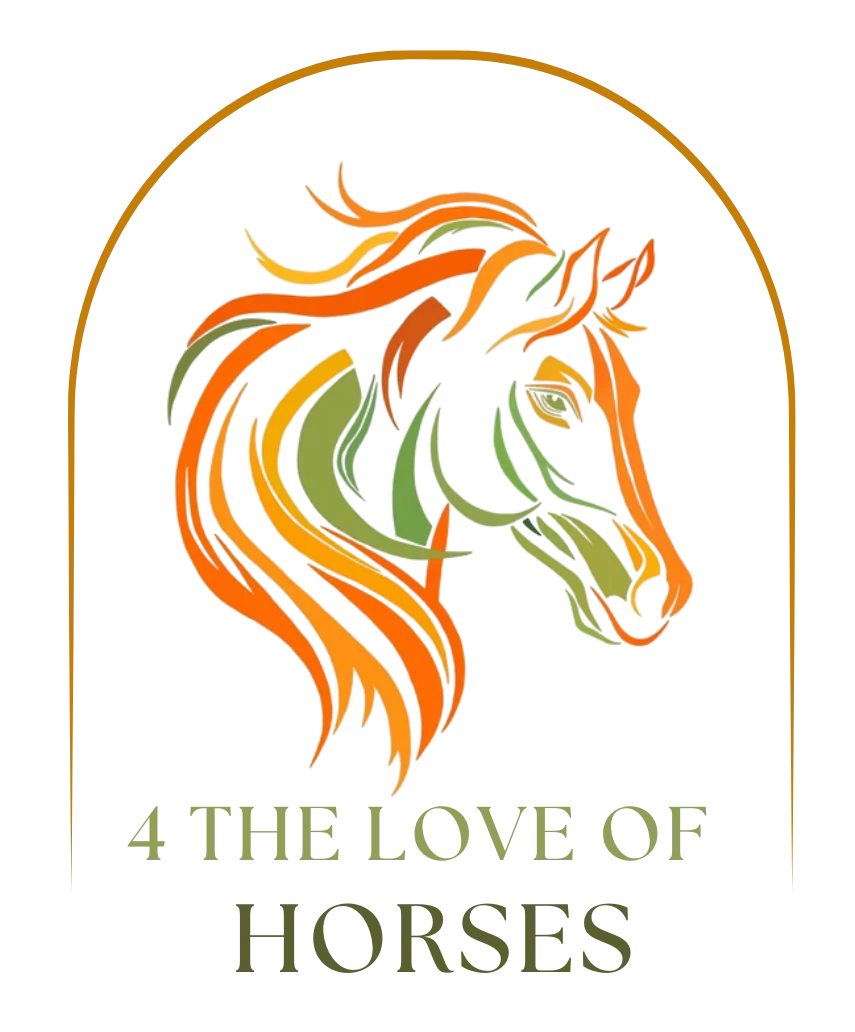
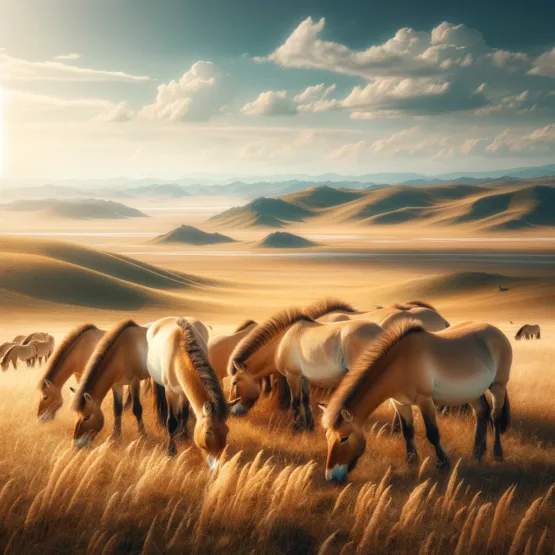
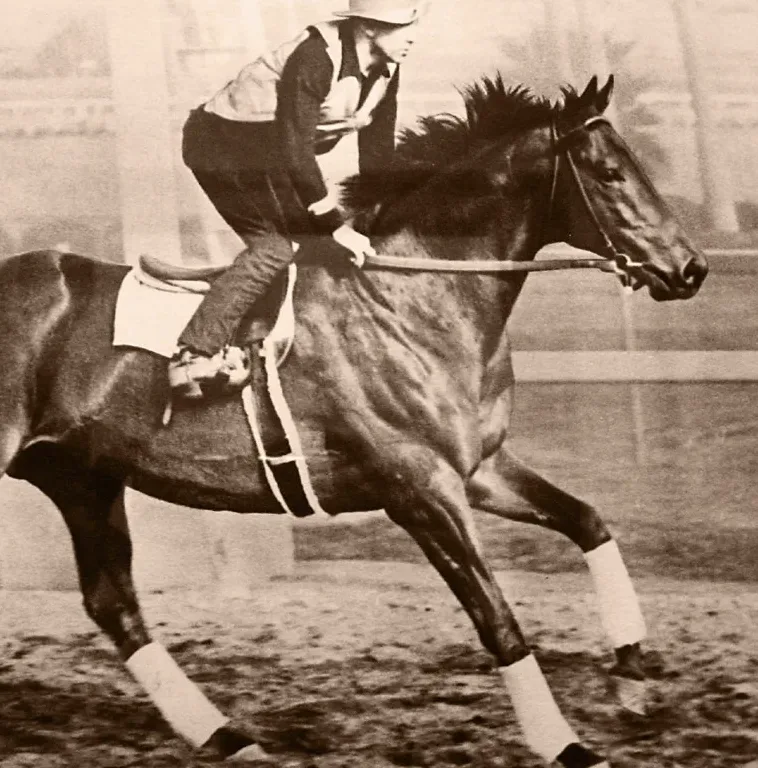
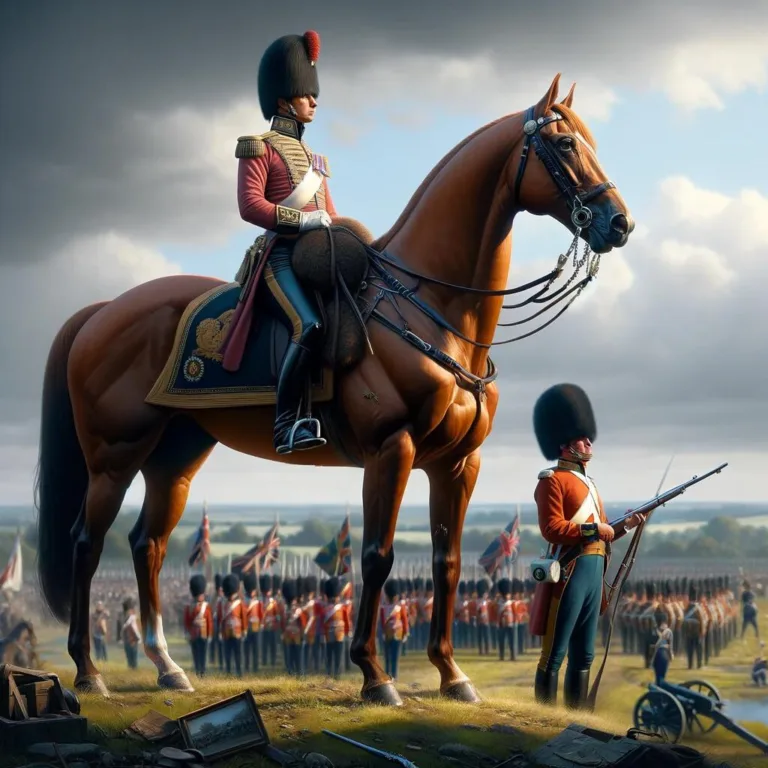
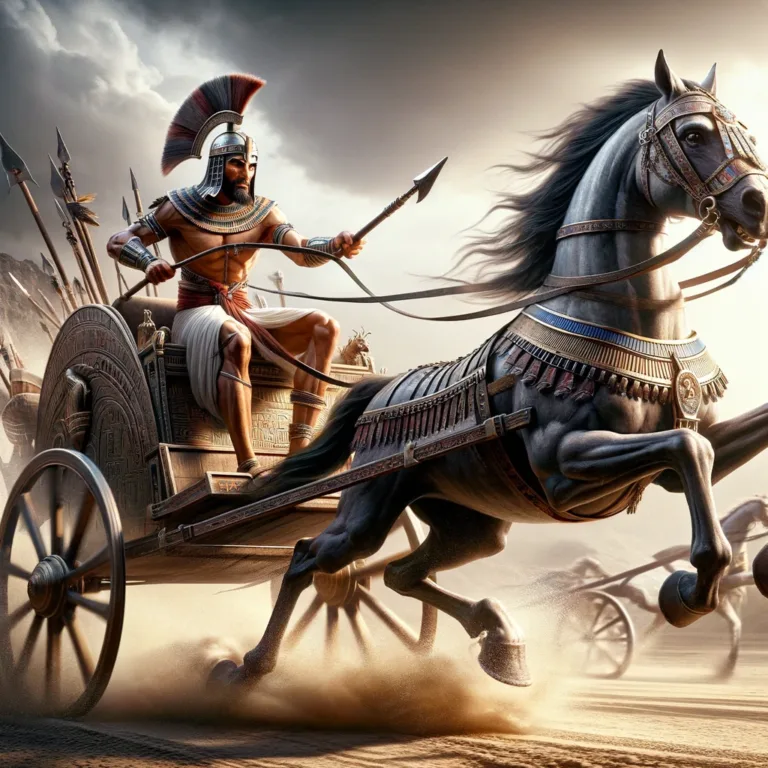

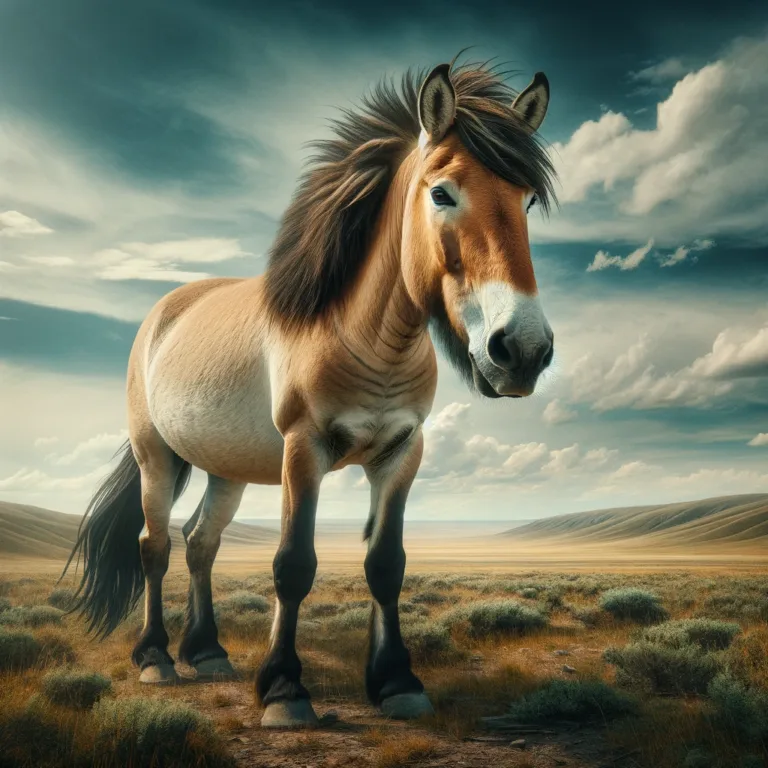
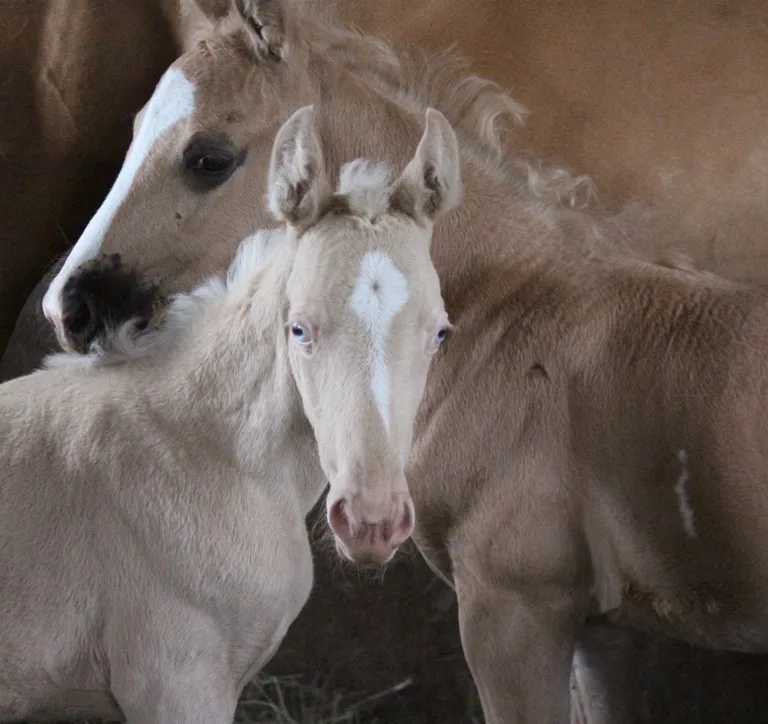
Leave a Reply